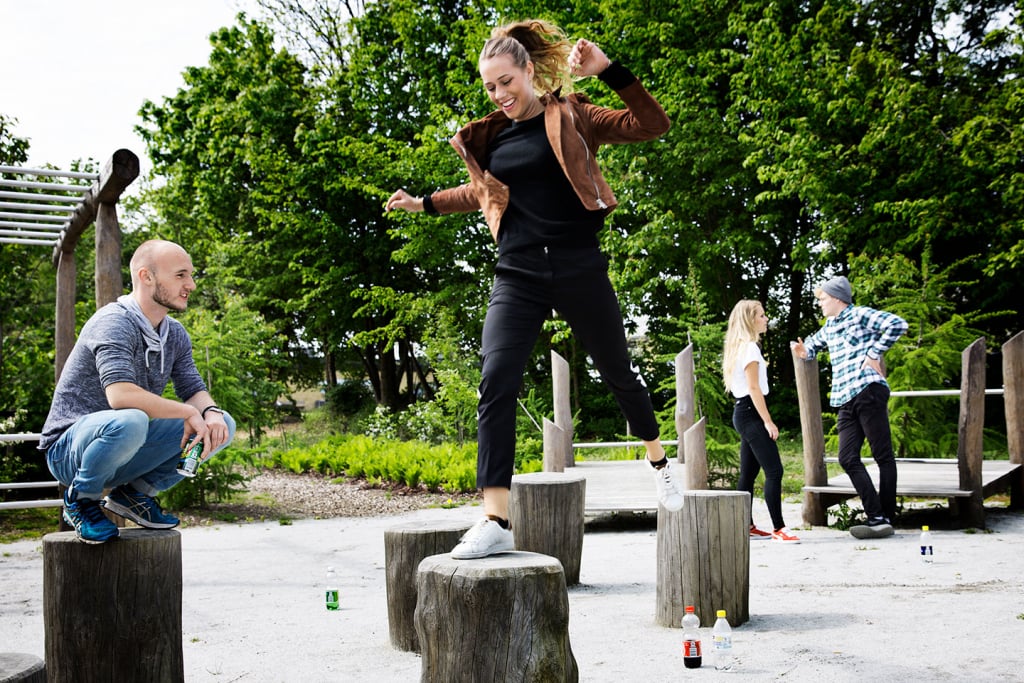About deposits
Read more about deposit marks, amounts and the deposit system. Learn about which beverages come with deposit, along with how the different types of deposit marks look like. You can also read more about how you aid the environment and climate by contributing in the deposit system.
Deposit marks and amounts
In Denmark we differentiate between deposits on single use- and refillable bottles. Only single use containers have a visible deposit mark. Deposit marks are split into A, B and C-deposit marks, which represent different amounts in exchange.
Where to take bottles and cans
There are several different ways in which you can return your empty bottles and cans for recycling. Learn more about where you can return your empty bottles and cans.
Questions about deposits
We have prepared a list of frequently asked questions, in case you have more questions about recycling and deposits.
You are making a difference
Every time you hand in your empty bottles and cans with a deposit, you help save the environment resources and energy.
95% less energy is utilized when producing a can of repurposed material instead of producing an entirely new one. Ressources are also saved. Cans are manufactured from aluminum and in order to produce a kilo of aluminum, one must first use four kilos of Bauxite, an aluminum-rich rock ore. When recycling, this is not necessary – and that is good news for the ecosystem.
In 2024, we have reached a return percentage of 93%. Thank you!
The percentage of bottles and cans with a deposit mark returned in 2024




